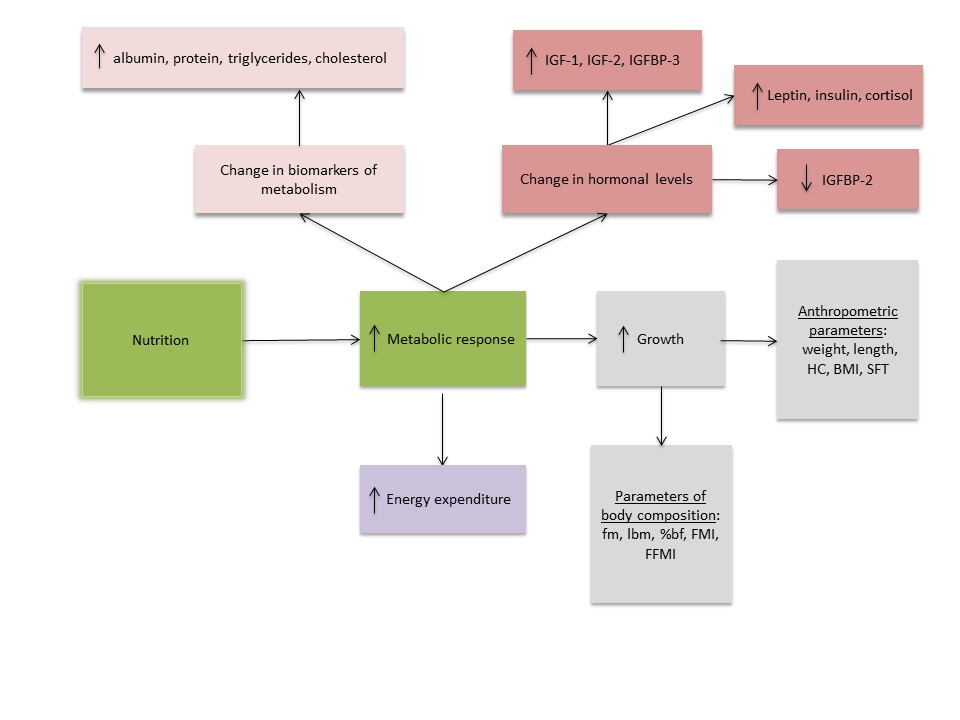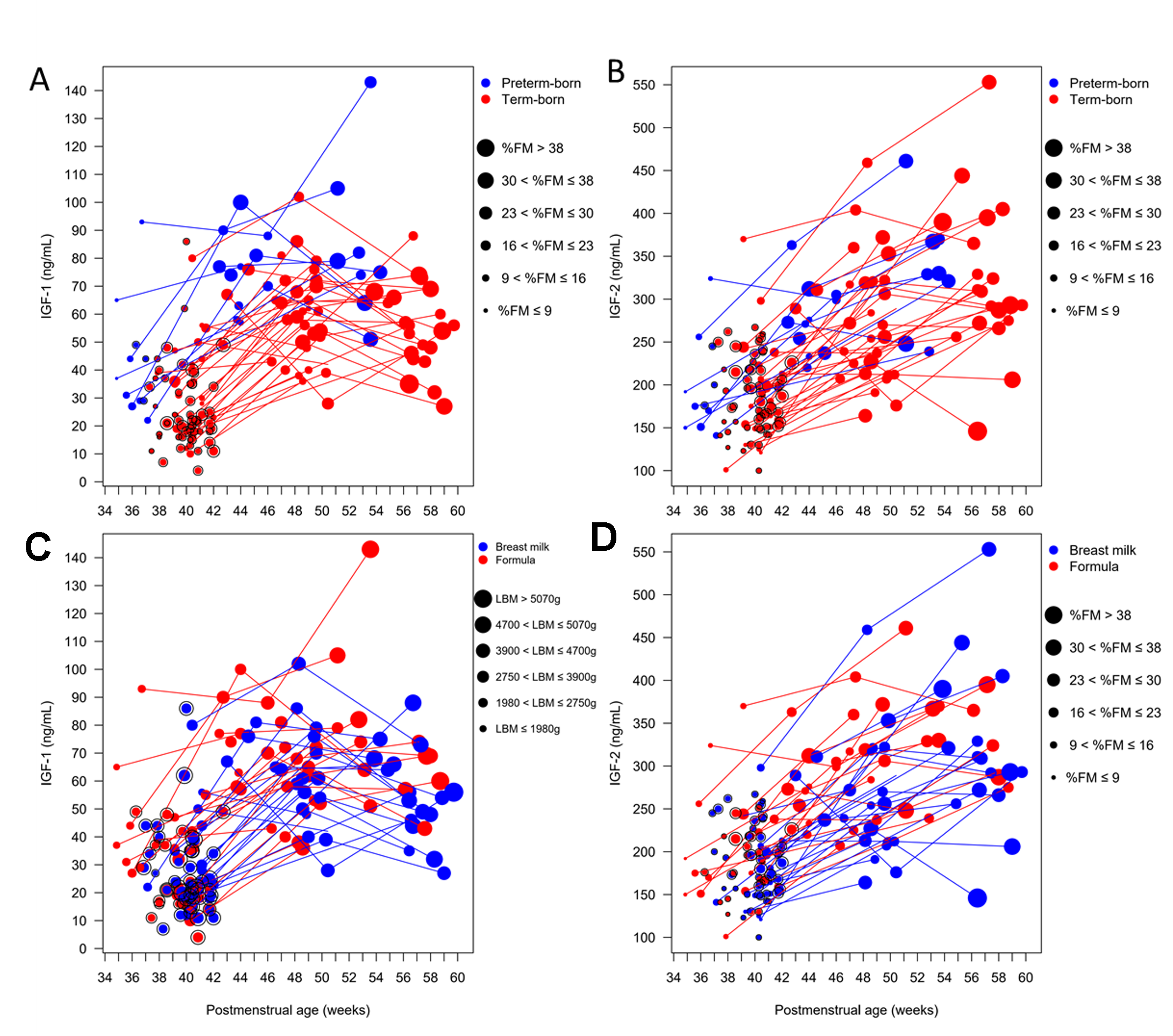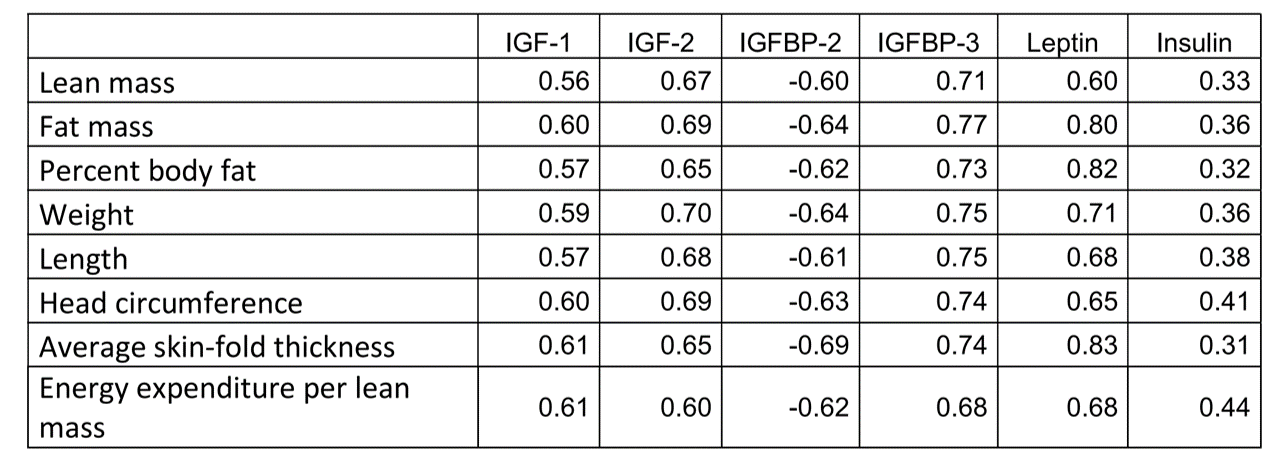Neonatal Fetal Nutrition & Metabolism
Neonatal Fetal Nutrition & Metabolism 2: Neonatal Nutrition, Growth, and Outcomes
315 - Growth factors, body composition and energy expenditure in late preterm and term infants during the first 4 months of life
Publication Number: 315.129

Niels Rochow, MD, PhD (he/him/his)
Staff Neonatologist
Paracelsus Medical University, Department of Pediatrics
Nürnberg, Bayern, Germany
Presenting Author(s)
Background: It has been established that early postnatal development is related to long-term health outcomes. Therefore, achieving ideal growth and body composition in preterm-born infants is desirable. Preterm-born infants should develop like a healthy fetus in-utero and also achieve similar functional outcomes. To create optimal growth in preterm infants, parameters impacting postnatal growth in healthy term-born infants have to be studied as a reference model. Furthermore, the entirety of the interplay between nutrition, hormonal and metabolic responses and resulting growth trajectories in these infants has to be established.
Objective: To analyze and compare nutrition, body composition, hormons and energy expenditure in healthy late preterm and term infants to elucidate potential interrelationships.
Design/Methods: This observational study collected data from healthy infants born at 34-42 weeks of gestation at three time points: t1 = 0-5 days of life (DOL), t2 = 55-65 DOL, t3 = 115-125 DOL. Anthropometric data (weight, length, BMI, head-circumference, skinfold-thickness), body composition (fat- mass, lean-mass, FMI, FFMI, % body-fat), hormonal levels (IGF-1, IGF-2, IGFBP-2, IGFBP-3, insulin, leptin), biomarkers of metabolism (protein, albumin, triglyceride, cholesterol) and the energy expenditure were measured.
Results:
In 94 infants (gestational age: 39.6±1.3weeks, birth weight 3330±570g) and 18 preterm infants (35.0±1.0 weeks, 2520±660g) positive associations between postmenstrual age and hormonal levels (IGF-1, IGF-2) were found (Fig. 2). Furthermore, a positive relationship between body composition data and these growth promoting hormones was established (Tab. 1). Both, fat mass and lean mass are positively associated with IGF-1, however the association between IGF-1 and lean mass is stronger. Body composition data (percent body fat, fat mass and lean body mass) was found to be lower in the preterm-born group when compared to term-born infants. A positive relationship between lean mass and energy expenditure was observed. When infants were grouped by type of nutrition, formula-fed infants had higher levels of IGF compared with infants that were fed breast milk (Fig. 2).
Conclusion(s):
The established interactions of multiple parameters indicating certain growth trajectories may allow for a possibility to fine-tune postnatal growth. At this point, the observed interactions need further studies, especially including preterm-born infants at different postmenstrual ages and levels of maturity.


